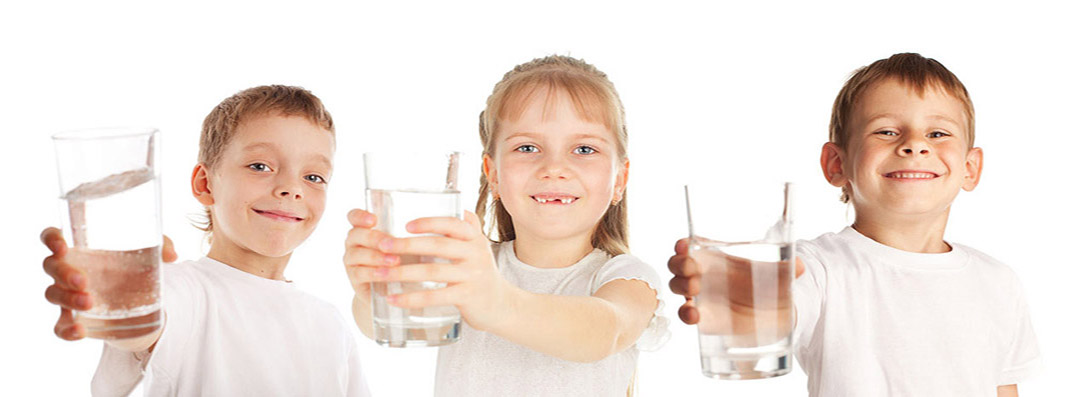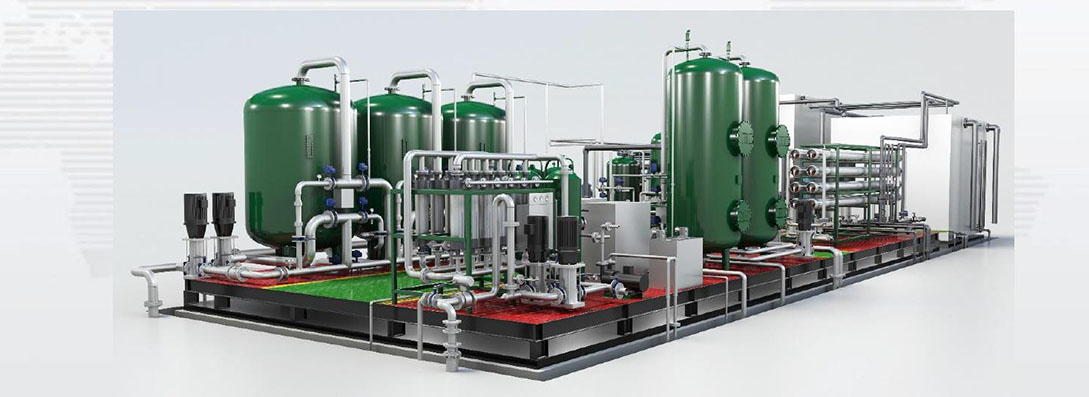Application of chlorine dioxide in air sterilization: Disinfection+Deodorization
Chlorine dioxide is a yellow-green gas with an odor similar to chlorine. It has strong oxidizing properties, instability and disinfection properties. Chlorine dioxide has extremely high rapid sterilization ability and long-lasting effect. More importantly, it does not chlorine, is not a chlorination agent, and does not undergo chlorination reaction. Chlorine dioxide has the characteristics and advantages of broad-spectrum, fast, efficient and safe disinfection and killing of various bacteria and viruses. In addition, it reacts with many organic and inorganic compounds without producing or rarely producing halogenated hydrocarbons, which can cause " "Three causes" (carcinogenic, teratogenic, mutagenic) harmful substances, as well as special bleaching (without destroying cellulose), deodorizing, and algae killing abilities, it is recognized as the fourth generation A1 by the World Health Organization (WHO) type disinfectant.
Chlorine dioxide has extremely strong sterilization and disinfection capabilities. Under the same conditions, its sterilization and disinfection capability is 2.63 times that of chlorine. It kills bacteria and viruses quickly and efficiently. Therefore, it is widely used in all aspects of daily air disinfection.
Zhang Anmei and Jing Li conducted an experimental study on the effect of ClO2 applied to air disinfection in operating rooms. The results showed that the killing rates of airborne vegetables in the operating room at 5 minutes, 15 minutes, and 30 minutes after disinfection with ClO2 were 69.07%, 84.51%, and 92.39, respectively. %, indicating that ClO2 has a good disinfection effect on air and is suitable for air disinfection in clinical operating rooms.
Liu Jingbo used 200mg/1 stable chlorine dioxide disinfectant, sprayed the space, and measured its killing rate of microorganisms in the air. Before and after spraying, the sedimentation method was used to capture microbial particles in the air, and the solid culture medium was placed at the sampling point. 2h, take out and incubate at 37°C for 24h and count. The result is 150cfu/plate before spraying and 5cfu/plate after spraying. The killing rate can reach 97%.
Cao Zhixian, Yan Gebin and others used on-site test methods to compare and observe the indoor air disinfection effects of three methods: chlorine dioxide aerosol spray, ozone fumigation and chlorobromoisocyanuric acid aerosol fumigation. The results showed that the three disinfection methods had a negative impact on the air. All natural bacteria have killing effect, but the chlorine dioxide aerosol spray method has the best effect and the dosage is low.
Zhu Xianzhong, Gong Zhimin and others measured the disinfection effect of ClO2 air. Spraying 12ml of 50ppm chlorine dioxide disinfectant in a 1.36m3 space for 20 minutes can kill 100% of Escherichia coli and Staphylococcus aureus. , in this experiment, 50ppm chlorine dioxide has a better air disinfection effect, and it is less corrosive at this concentration. Conkey compared the killing effects of chlorine, chlorine dioxide and peracetic acid on spores. When the bactericidal effect is the same, chlorine dioxide requires the lowest concentration, while peracetic acid requires the highest concentration. Chlorine and peracetic acid The bactericidal effect is greatly affected by environmental factors (pH), indicating that chlorine dioxide has the strongest bactericidal ability.
Chlorine dioxide not only has good sterilization and disinfection capabilities, but also deodorizes and freshens the air.
In order to understand the actual sterilization effect of indoor air disinfection methods, Ying Huifang, Wang Zhigang and others conducted on-site disinfection tests on three commonly used air disinfection methods: ultraviolet disinfection light truck, ClO2 disinfectant and peracetic acid disinfectant. Three disinfection methods It has a significant killing effect on indoor air bacteria, with a killing rate of more than 86%. The best sterilizing effect is ClO2 spray disinfection, followed by peracetic acid fumigation, and then ultraviolet irradiation. In particular, ClO2 spray can not only disinfect the air, but also produce trace amounts of oxygen and chlorine due to the decomposition of ClO2, making people feel fresh. When public places are used frequently, in addition to opening and closing doors and windows frequently for ventilation, it is recommended to use ClO2 spray for regular disinfection.
Chen Changfu, Chen Xuan and others used stable powdered ClO2 to disinfect the air in the livestock and poultry breeding environment. They used spray method and fumigation method respectively. These two methods can eliminate more than 80% of bacteria in the air, and both have the ability to decompose ammonia. The deodorizing effect of gas, the trace amounts of oxygen and chlorine produced during the disinfection process, can make animals feel fresh and beneficial to health.
Xiang Weibing and Jiang Pingping studied the use of ClO2 in the production of secondary sterilized milk. The use of chlorine dioxide disinfectant to disinfect pipelines, tanks, equipment, air and operators has obvious effects, and it can also deodorize.
Application
Contact Us

Name: Diana
E-mail: [email protected]
Skype: +86-15-22-27-71-011
WeChat: +8615222771011
Whatsapp: +8615222771011
Add: Office N.420D-C1 Tower Ajman,UAE









 Skype Chat
Skype Chat WhatsApp
WhatsApp  Mail inquiry
Mail inquiry
